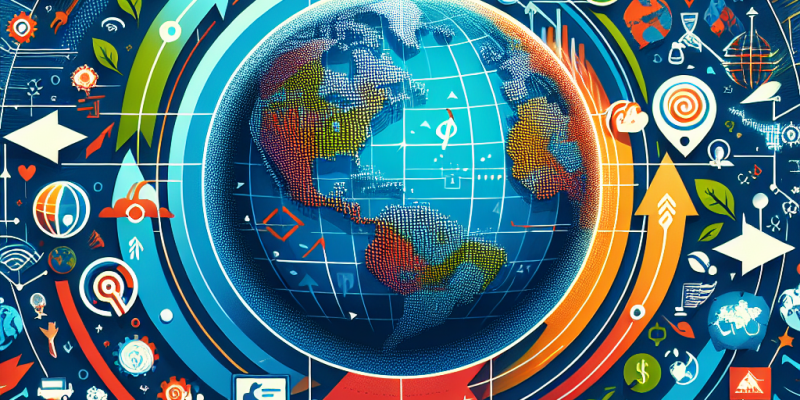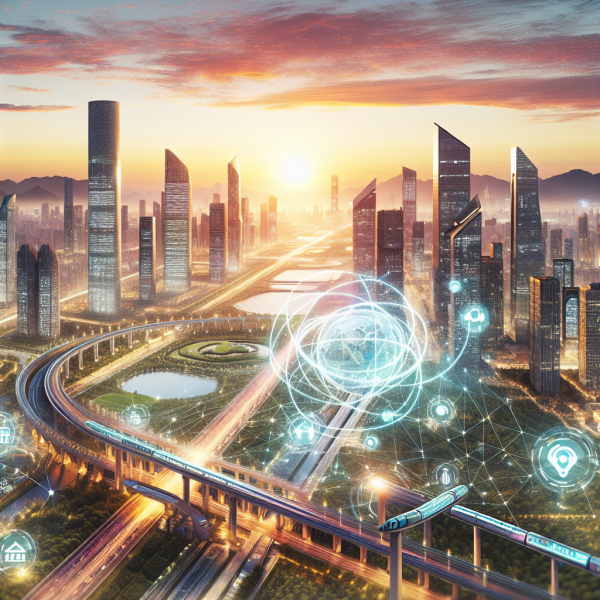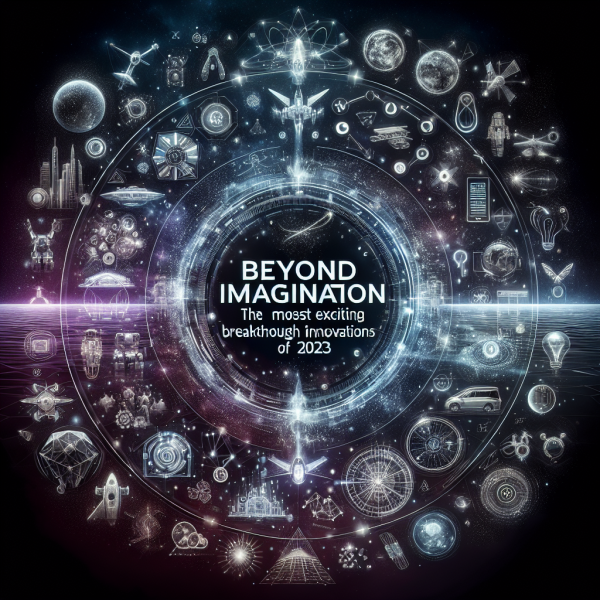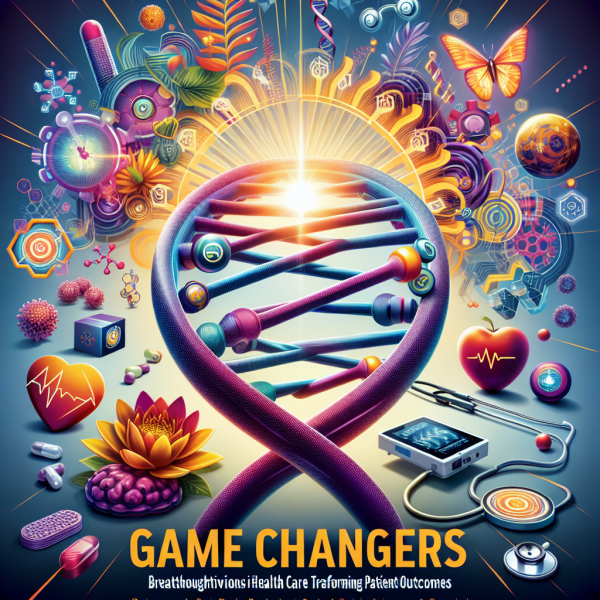The Impact of Global Trends: An Industry Analysis for 2023 and Beyond

The Impact of Global Trends: An Industry Analysis for 2023 and Beyond
As we navigate through 2023, the global landscape is profoundly shaped by various interconnected trends that influence industries across the spectrum. From digital transformation to sustainability, the effects of these trends are evident, not only affecting the way industries operate but also redefining consumer expectations and market dynamics. This article delves into some of the most significant global trends and their implications for various industries, offering insights into what we can anticipate in the years ahead.
1. Digital Transformation and Technological Integration
The accelerated pace of digital transformation remains unparalleled in 2023, driven by emerging technologies such as artificial intelligence (AI), machine learning, and the Internet of Things (IoT). Industries like retail, healthcare, finance, and manufacturing are increasingly integrating advanced technologies to streamline operations, enhance customer experiences, and gain competitive advantages.
-
Retail Industry: E-commerce continues to thrive, with consumers seeking personalized shopping experiences. Retailers are deploying AI for predictive analytics, managing inventory levels, and enhancing customer service through chatbots and virtual assistants.
- Healthcare Sector: Telemedicine and digital health solutions have become mainstream, enabling patients to access care remotely. AI-driven diagnostics and treatment plans are revolutionizing patient care and operational efficiencies.
2. The Push for Sustainability
As climate change remains a pressing global issue, sustainability has become a critical focus for industries. Companies face increasing pressure from consumers, investors, and regulatory bodies to adopt sustainable practices, which will shape their strategies for years to come.
-
Energy Industry: The transition to renewable energy sources is accelerating. Governments and businesses are investing in solar, wind, and other sustainable energy solutions, creating significant growth opportunities in the renewable sector.
- Fashion Industry: The rise of eco-conscious consumerism has led to the emergence of sustainable fashion brands. Companies are focusing on ethical sourcing, biodegradable materials, and circular economy practices to minimize their environmental impact.
3. Geopolitical Dynamics and Supply Chain Resilience
In the aftermath of the COVID-19 pandemic, geopolitical tensions and supply chain disruptions have prompted businesses to reassess their operational strategies. Countries and companies alike are recognizing the importance of supply chain resilience, leading to diversification and localization.
-
Manufacturing Industry: Manufacturers are shifting away from reliance on single-source suppliers in distant regions. Many are exploring nearshoring and local sourcing to mitigate risks associated with global supply chain disruptions.
- Technology Sector: Amidst rising geopolitical tensions, tech companies are increasingly focused on data sovereignty and cybersecurity, pushing for localized data centers and compliance with regional regulations.
4. The Rise of Remote Work and Hybrid Models
The pandemic-induced shift to remote work has solidified its place in the modern workforce, forcing companies to rethink workplace strategies. In 2023, hybrid work models are becoming standard, blending remote and in-office work.
-
Real Estate Industry: The demand for flexible office spaces and coworking environments is increasing as companies seek to balance employee preferences and operational costs. This shift is also influencing residential real estate trends, with more people prioritizing home offices and proximity to urban centers.
- Human Resources: The focus on employee well-being and work-life balance is paramount. Companies are investing in mental health programs and flexible working arrangements to attract and retain talent in a competitive market.
5. Health and Wellness Focus
Consumer focus on health and wellness has never been stronger, as people are increasingly conscious of their physical and mental well-being. This trend is influencing various sectors, including food and beverage, fitness, and healthcare.
-
Food and Beverage Industry: There is a growing demand for organic, plant-based, and functional foods that promote health. Companies are innovating to meet consumer preferences for transparency and nutritional value.
- Fitness and Wellness Industry: The popularity of fitness apps, wearable technology, and virtual fitness classes reflects the shift towards accessible health solutions, making physical activity an integrated part of daily life.
Conclusion
As we look to the future, the interconnectedness of global trends will continue to shape industries and drive transformations. Businesses that can adapt to these trends—by embracing technology, prioritizing sustainability, and responding to consumer needs—will not only survive in this dynamic environment but thrive. In 2023 and beyond, organizations must remain agile, innovative, and customer-centric to navigate the complexities of this evolving landscape successfully.














